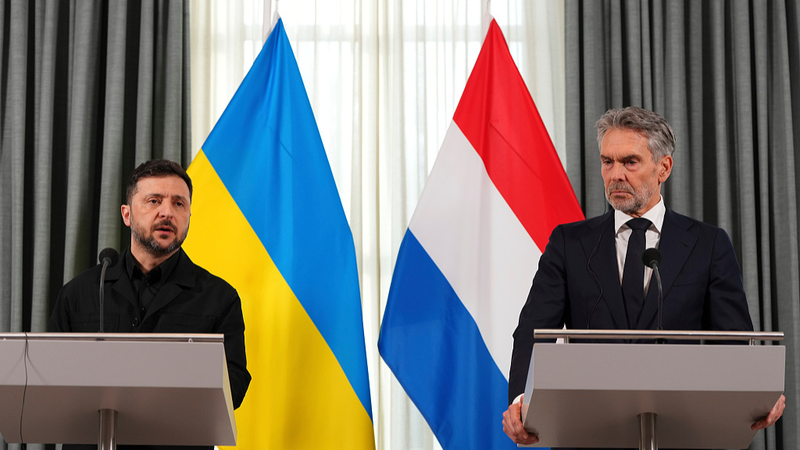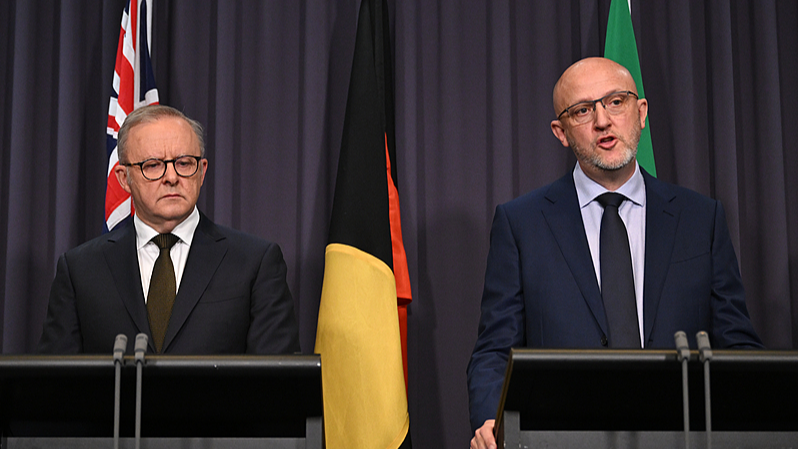It's been a while, but top military leaders from China and the U.S. finally had a chat on Tuesday 📞. This long-awaited conversation signals that the two nations are trying to smooth things over and keep the peace in the region.
What's the Buzz?
General Wu Yanan, commander of the People's Liberation Army's (PLA) Southern Theater Command, got on a video call with U.S. Indo-Pacific Commander Admiral Samuel Paparo. They had a deep exchange on issues they both care about, according to China's Defense Ministry.
This meeting is a big deal because it's the last piece in restoring all military communication channels that China's President and the U.S. President agreed on when they met in San Francisco last November.
Why Does This Matter?
Both commanders are in charge of areas where their forces could bump into each other—especially in the South China Sea 🌊. The PLA's Southern Theater Command covers the South China Sea and Taiwan region, while the U.S. Indo-Pacific Command also operates there. With both sides' ships and planes in close quarters, misunderstandings can happen.
Military expert Zhang Junshe says that direct talks between these commanders can help clear up confusion and prevent accidents. It's like when you DM someone to sort out a misunderstanding before it blows up 💬.
What's Happening in the South China Sea?
The U.S. has been busy in the South China Sea, sending aircraft carriers like the USS Nimitz and conducting close-up reconnaissance flights ✈️. China has responded by tracking and warning U.S. ships and organizing its own patrols.
For instance, in May, a U.S. guided-missile destroyer sailed near the Xisha Islands, and China's forces told it to move along. These interactions can get tense, so open communication is key to keeping things cool 😎.
Different Views, Same Goal?
Admiral Paparo believes in strong \"deterrence\"—the idea that showing military strength can prevent conflicts. He thinks that by boosting power in the region, the U.S. and its allies can keep peace.
But others, like China's former ambassador to the U.S., Cui Tiankai, see things differently. He argues that if countries view each other as partners rather than rivals, there's less need for military posturing.
Zhang points out that this difference in mindset needs more conversations to bridge. After all, misunderstandings often happen when people see things from completely different angles 🤔.
What's Next?
The U.S. has been stepping up its military presence in the Indo-Pacific, involving allies like Japan, Australia, and the Philippines. But some experts think that while these countries might go along with the U.S. in words, they might not be so eager to dive into real action.
In August, the U.S. did joint exercises in the South China Sea with Canada, Australia, and the Philippines. But the ships they sent were older, and Australia didn't even send a ship—just a patrol plane. It's kind of like organizing a big game and only bringing half your team 🕹️.
The Bottom Line
Open talks between China and U.S. military leaders are a positive step toward reducing tensions and avoiding mishaps in a region that's super important to global trade and security. It's like hitting the refresh button on their relationship and saying, \"Let's talk this out\" 🤝.
Reference(s):
cgtn.com




